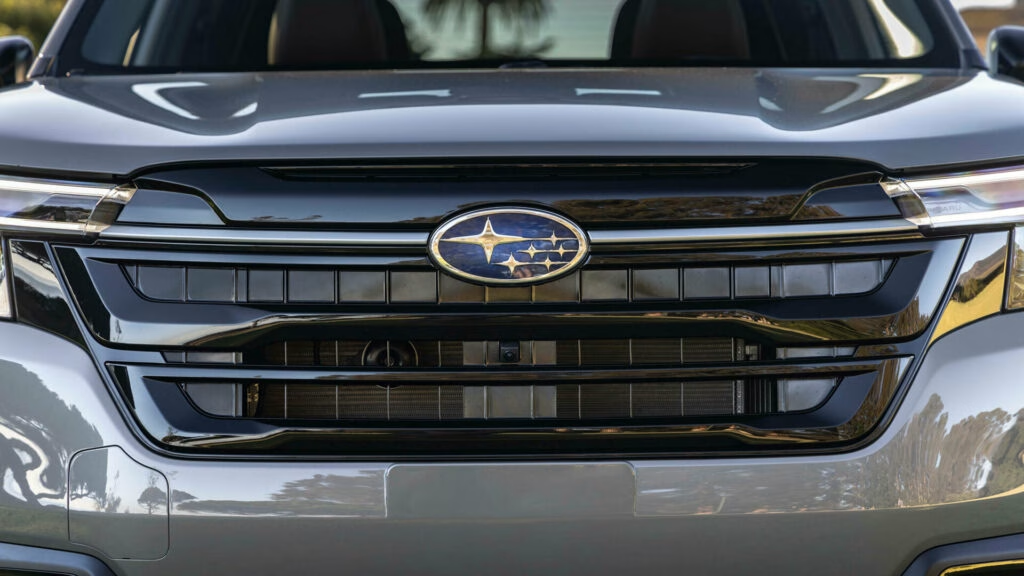Which Car Brands Are Making Drivers Happiest in 2025?
If you’ve ever wondered which car brands are actually keeping their owners smiling, the latest American Customer Satisfaction Index (ACSI) study has some eye-opening answers. This year, Subaru and Lexus have clinched the top spots for mainstream and luxury brands, respectively. But the real story is more nuanced than just a leaderboard—let’s break down what’s driving satisfaction, where brands are stumbling, and what it means for anyone shopping for a new ride.
What Sets Subaru and Lexus Apart From the Pack?
Subaru’s rise to the top isn’t just a fluke. With a satisfaction score of 85 out of 100, Subaru edged out Mazda and Toyota, which tied for second at 82. Buick, GMC, and Honda followed close behind at 81. So, what’s Subaru doing right? Owners consistently cite reliability, straightforward technology, and a sense of value that’s hard to beat. It’s not just about all-wheel drive or rugged marketing—Subaru seems to have cracked the code on building trust with its buyers.
On the luxury side, Lexus soared to a score of 87, a full five points ahead of BMW, which landed at the bottom of the luxury rankings with a 75. Lexus’s formula? A blend of comfort, dependability, and a customer service experience that feels a cut above. Mercedes-Benz, Cadillac, and Tesla all hovered in the low 80s, but none matched Lexus’s upward momentum.
Why Are Some Brands Falling Behind?
Not every automaker is basking in customer praise. Chrysler and Ram, both under the Stellantis umbrella, tied for last among mainstream brands with a score of 69. That’s a steep drop—Ram alone plummeted 10% year-over-year. Dodge and Jeep didn’t fare much better, signaling a broader issue with the group’s approach to quality and customer care.
BMW’s four-point drop in the luxury segment is especially striking. Once a darling of the premium market, BMW has struggled with customer perceptions around technology, reliability, and overall value. Audi also slipped, down 4% to a score of 77. These declines suggest that even established luxury brands can’t rest on their laurels.
Are High-Tech Features Hurting Satisfaction?
Here’s where things get interesting. Across the board, satisfaction with vehicle technology took a hit. Both mainstream and luxury buyers reported frustration with infotainment systems, driver assistance features, and the learning curve that comes with modern cars. It’s not just older drivers feeling overwhelmed—many new car owners say they’re struggling to get the most out of their vehicles’ tech.
A recent J.D. Power study backs this up: nearly 40% of new car buyers don’t use at least half of the tech features in their vehicles. Automakers may be packing in features to stay competitive, but if customers can’t use them easily, satisfaction drops. The lesson? Simplicity and intuitive design matter more than ever.
How Are EVs and Hybrids Measuring Up?
You might expect hybrid and electric vehicles to score higher, given their buzz and environmental appeal. But the ACSI found that satisfaction with EVs dropped four points to 73, while hybrids slipped to 80. Gas-powered cars, meanwhile, held steady at 80. Owners cited concerns about driving range, charging infrastructure, and resale value—factors that are still works in progress for many brands.
It’s a reminder that while EV adoption is growing, the ownership experience needs to catch up. Until charging gets easier and range anxiety fades, traditional gas models are likely to keep their edge in customer satisfaction.
What’s Changing With Longer Car Loans and Warranties?
Another trend shaping satisfaction: longer car loans. With 22% of borrowers now opting for 84-month terms, people are holding onto their vehicles longer than ever. That puts a premium on reliability and low-cost ownership. Ram, perhaps sensing its slipping reputation, recently introduced a 10-year/100,000-mile limited powertrain warranty—a move aimed squarely at rebuilding trust and appealing to long-term owners.
This shift means brands that invest in durability and back up their products with strong warranties are likely to win more loyal customers in the years ahead.
What Do These Satisfaction Scores Really Mean for Shoppers?
If you’re in the market for a new car, these rankings offer more than bragging rights—they’re a window into real-world ownership. Subaru and Lexus aren’t just topping charts; they’re delivering experiences that keep people coming back. On the flip side, brands with slipping scores may offer tempting deals, but it’s worth weighing those against potential headaches down the road.
Keep in mind, though, that satisfaction isn’t just about the car itself. It’s the dealership experience, the ease of using new tech, and the peace of mind that comes from knowing your vehicle will go the distance. The brands that get this balance right are the ones climbing the charts.
The big takeaway? Car satisfaction in 2025 isn’t about perfection—it’s about smarter adjustments. Start with one change this week, and you’ll likely spot the difference by month’s end. Whether it’s learning your car’s tech, asking about warranties, or simply test-driving a brand you hadn’t considered, a little extra effort can pay off big in the long run.

